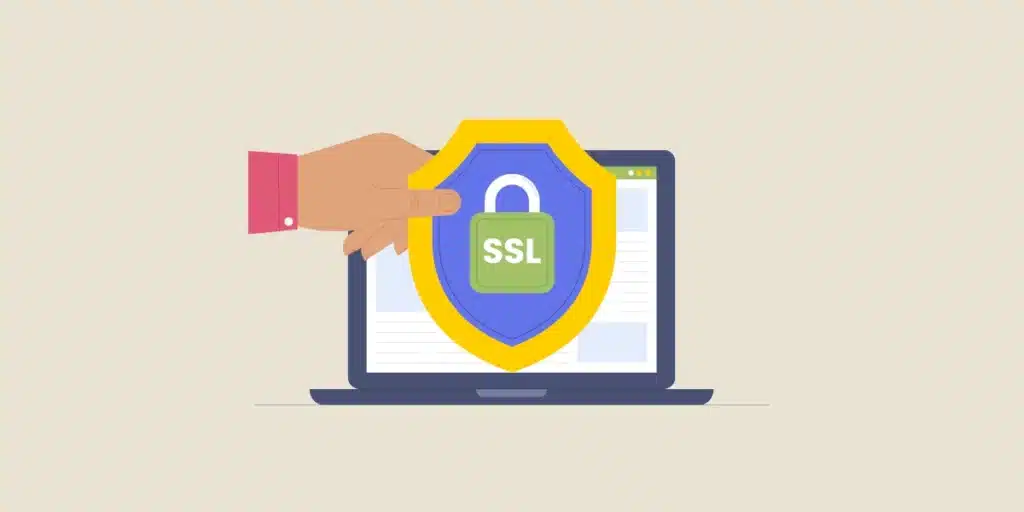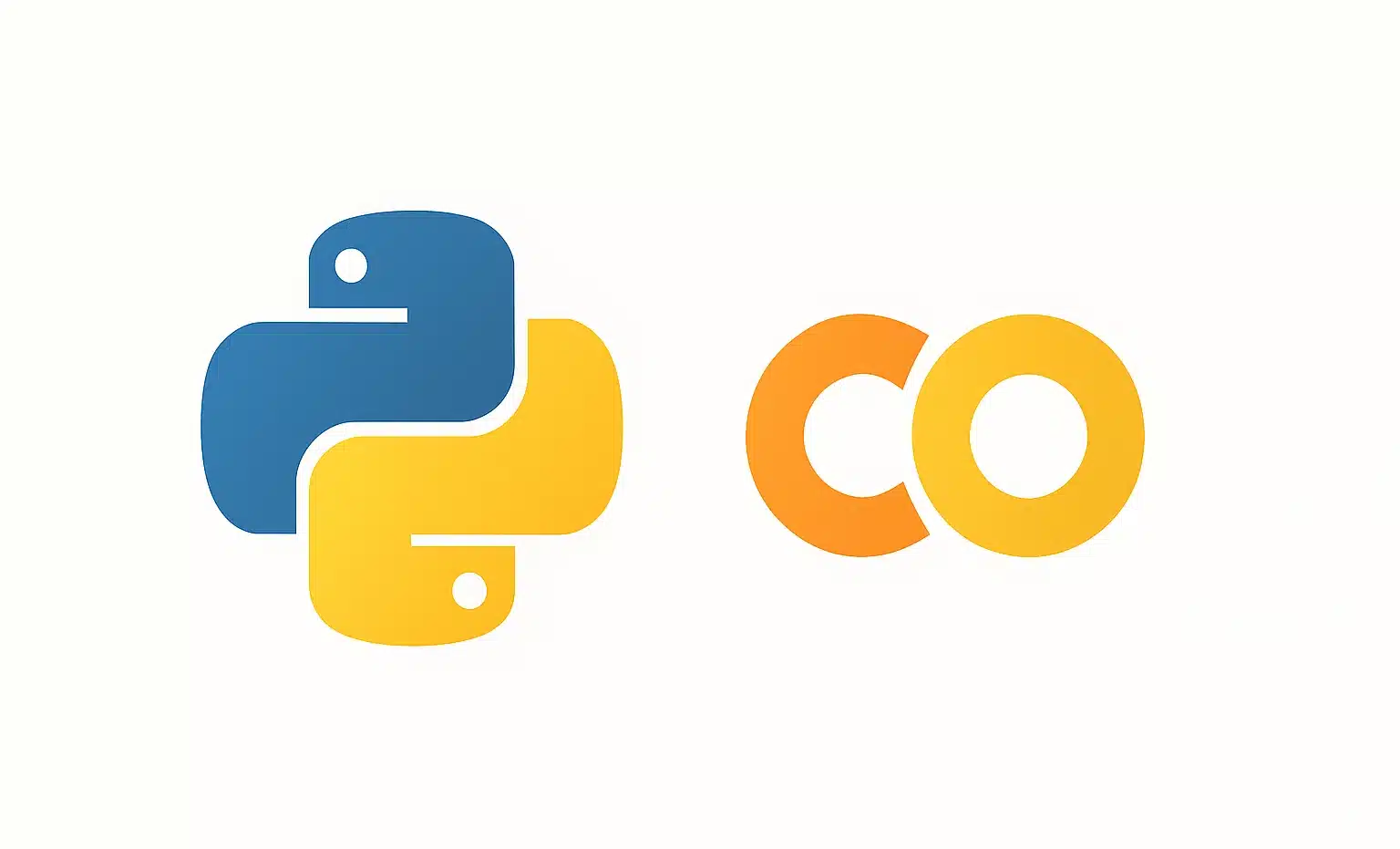SSL, or Secure Sockets Layer, is one of the initial technologies developed to secure online exchanges by establishing an encrypted connection between a user and a server. Discover its origins, how it functions, and its importance in safeguarding online data!
With the widespread occurrence of online exchanges, data security has become a vital issue. Banking transactions, email communications, and connections to digital services: every interaction on the internet is vulnerable to malicious interceptions.
Without a strong encryption protocol, confidential information can be compromised, leading to data theft and Man-in-the-Middle attacks. To mitigate these risks, technologies have been developed to ensure the confidentiality and integrity of communications. One of the first protocols to secure online exchanges was SSL: Secure Sockets Layer.
Though it has been succeeded by TLS (Transport Layer Security), SSL laid the foundation for a more secure Internet and remains a widely recognized term in the field of cybersecurity…

A protocol to prevent data interception
Developed by Netscape in the 1990s, SSL is an encryption protocol designed to secure communications between a client (web browser, application) and a server (website, messaging, API). It was widely adopted to protect the exchange of sensitive information like passwords, credit card numbers, and personal data.
Its primary aim is to prevent interception or modification of data in transit. Using sophisticated encryption mechanisms, SSL ensures that only authorized parties can access the information exchanged.
This protocol led to the development of HTTPS: the secure version of HTTP, recognizable by the padlock symbol in the browser’s address bar. However, due to vulnerabilities identified in its early iterations, SSL has been progressively replaced by TLS (Transport Layer Security).
This transition enhances the protocol’s security and robustness. Despite this, the term SSL is still commonly used to refer to TLS, especially in the context of SSL certificates that verify a website’s identity and encrypt communications.
How does it work?
The SSL protocol relies on an encryption process to enable secure communications between a client (browser, application) and a server. This mechanism includes several steps. Initially, the SSL handshake establishes a secure connection between a client and a server.
The client sends a request to the server with supported SSL/TLS versions, a list of possible ciphers, and a random identifier. This is known as the “Client Hello.” The server then responds with a “Server Hello”: it chooses the most appropriate SSL/TLS version, selects a cipher algorithm, and sends its own random identifier.
Next, the server sends its SSL certificate, which contains its public key and is signed by a Certificate Authority (CA). The client verifies its validity and uses the server’s public key to encrypt a secret session key, which will be employed for all secure communications.
Once the key is shared, all data exchanged between the client and server is encrypted using a symmetric algorithm. Through this process, even if an attacker intercepts the communications, they cannot decipher the data without the server’s private key.

The key role of SSL certificates
An SSL certificate is a digital file that authenticates a website’s identity and establishes a secure connection. It is issued by a Certification Authority (CA) and includes several pieces of information: the secure domain name, the public key used for encryption, the certification authority’s signature, and the certificate’s expiration date.
Certificates are classified into three levels of validation. The first level, DV or Domain Validation, pertains only to the domain and provides minimal security.
OV or Organization Validation involves verifying the legal existence of a company. Lastly, EV or Extended Validation involves thorough validation and displays the company’s name in the browser’s address bar. A site secured with SSL shows HTTPS and a padlock in the address bar, indicating that data transmitted is fully encrypted.
SSL vs. TLS: What are the differences?
While SSL was a leap forward for securing Internet communications, it is now outdated. TLS has replaced it, offering enhanced protection against attacks. The SSL 2.0 and 3.0 versions were plagued by numerous security vulnerabilities. The POODLE attack (Padding Oracle On Downgraded Legacy Encryption) exploited SSL 3.0 to access encrypted data.
Additionally, the BEAST vulnerability (Browser Exploit Against SSL/TLS) made it possible to intercept and decrypt SSL/TLS 1.0 sessions. The notorious Heartbleed bug in OpenSSL also exposed sensitive information on servers.
In light of these threats, major organizations and browsers have phased out SSL in favor of TLS, which now stands as the security standard. This new protocol utilizes more robust algorithms like AES and ChaCha20 to prevent data decryption and attacks aimed at recovering private keys.
Overall, TLS 1.2 and TLS 1.3 provide significantly higher security guarantees. Nevertheless, the term “SSL” continues to be widely used in general discussions about secure connections.

Why has SSL/TLS become essential?
The adoption of SSL/TLS encryption has become crucial for ensuring the security of internet exchanges. This protocol is essential in safeguarding transactions, protecting users, and meeting legal requirements.
First, consider data protection. Websites handling confidential information (such as login credentials, passwords, and financial data) must ensure their security. Without encryption, this data could be intercepted by attackers using various techniques. Packet sniffing involves capturing unencrypted data packets transmitted over the Internet. Likewise, a Man-in-the-Middle (MitM) attack allows a cybercriminal to intercept and alter communications between a user and a server.
However, SSL/TLS enables the encryption of data, making it unreadable to unauthorized third parties. These attacks consequently become ineffective. Additionally, it serves as a trust guarantee. A site secured by an SSL/TLS certificate ensures that the user is communicating with the authentic server and not a fraudulent one intended for phishing.
Conversely, a non-HTTPS website can be replicated by an attacker to deceive users and steal their data. With SSL/TLS and a validated certificate, a browser displays a secure padlock and authenticates the domain.
Moreover, since 2014, Google prioritizes HTTPS sites in search results. A secure site thus enjoys a better SEO ranking than its HTTP counterpart. The Google Chrome browser and many others show a “Not Secure” warning for HTTP sites, which might deter users from accessing them.
Beyond these advantages, SSL/TLS often constitutes a legal obligation for companies handling sensitive data. The EU’s GDPR mandates securing exchanges involving personal data, while PCI DSS requires using TLS 1.2+ for online payments.

SSL, a key technology for data protection
For the securing of online communications, SSL was a monumental innovation and laid the groundwork for modern encryption. However, due to its vulnerabilities, it has been succeeded by TLS, which is now the standard for securing exchanges.
Employing an SSL/TLS certificate is vital for protecting user data, verifying the authenticity of websites, and complying with regulations such as the GDPR. To learn about SSL, TSL, and other web security technologies, you can opt for DataScientest. Our diverse cybersecurity training programs will equip you with all the skills required to become an analyst, engineer, consultant, or administrator in this field.
We also provide courses to become a web developer, such as the DevOps Engineer and Software Engineer curricula. These programs will train you to create websites and web applications with a high level of security!
All our courses are conducted remotely and enable you to obtain a state-recognized diploma and a professional certification. Our institution is eligible for funding through CPF or France Travail. Discover DataScientest!
You now know everything about SSL. For more insights on this topic, check out our article on the web developer profession and our article on the Open Web Application Security Project (OWASP)!










